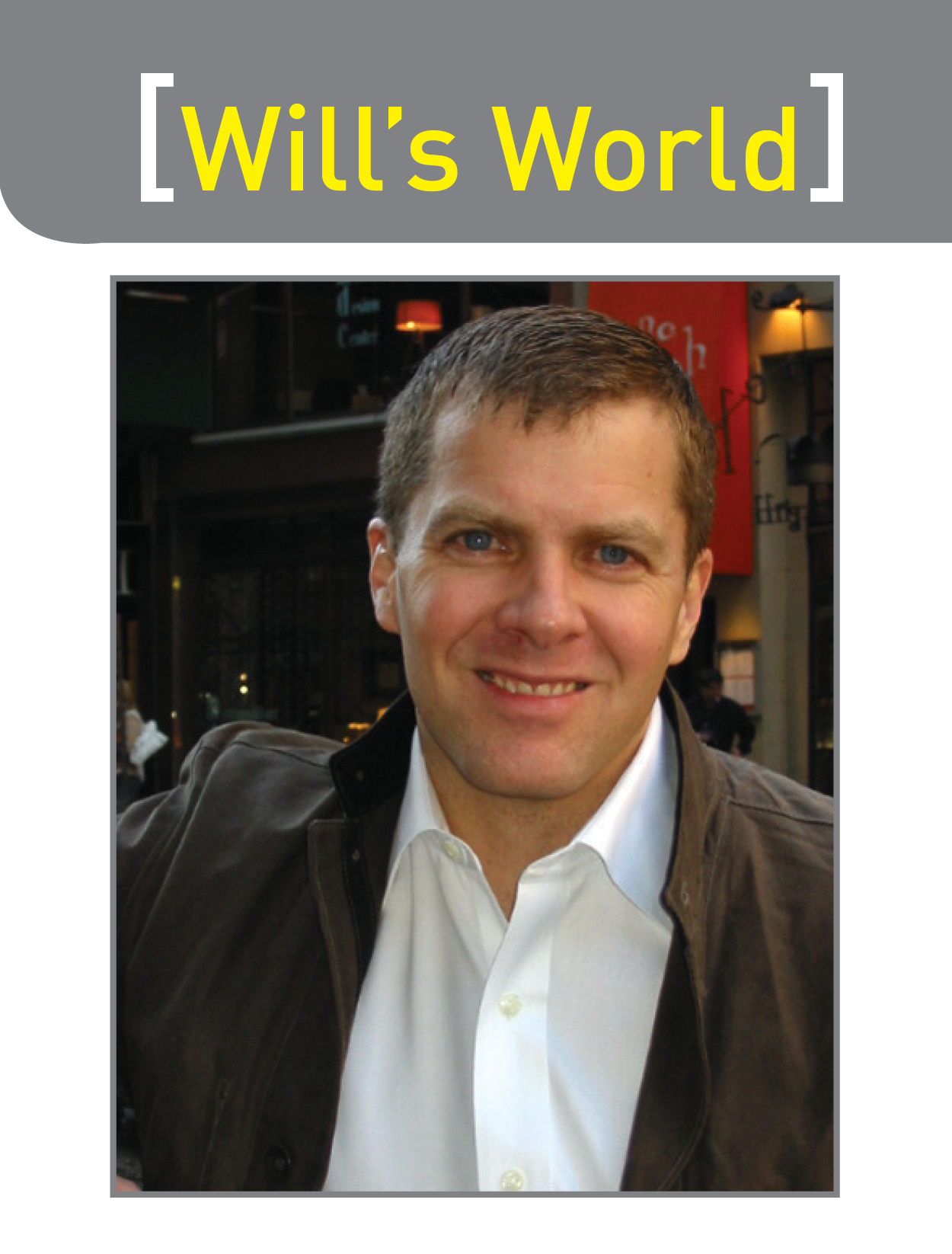By Will Carlin
There is a sport whose athletes use a technique that they claim both sharpens technique and primes them for battle. Sounds pretty good, right?
Sound is the operative term, and the technique is called Kiai; the term commonly refers to a short yell that usually is linked to the inner amassing of energy released in a single explosive focus of will.
So, what is the sport? Well, you might think it is one of the many martial arts where the athlete emits a short, quick yell before or during a move (you know, the yell before a karate-ka breaks a board). But no. The sport is tennis. In tennis, the Kiai is commonly called the grunt.
Ever since Jimmy Connors grunted his way to number one in the world, the grunt slowly has grown and evolved. It seemed to reach its height with the two-syllable grunt from Monica Seles (uh-UHH, with the second syllable being louder and a slightly higher pitch).
It was Seles who originally inspired the “gruntometer,” the measuring of decibels on Wimbledon’s Centre Court by newspapers. The first of the female power players, the Yugoslav teenager registered 93.2 decibels, enough to make her quarterfinal opponent at Wimbledon in 1992 demand that she not be allowed to make noise. Seles clammed up—and eventually lost the tournament to Steffi Graf.
Interestingly, these days, the grunt’s most well-known practitioners all are women. Maybe it is because their grunts are loud. Really loud. Those best known for their grunts are Russian Elena Dementieva and the Williams sisters. But there is one woman who clearly is queen: Maria Sharapova. Bud Collins, the famous tennis columnist and author, calls her alternately the Siberian Siren and Maria Shriekapova.
“So maybe it is even simpler: The better the player, the less they need to shriek. Using the transitive property, then, maybe professional squash players [who are silent] are just better than their tennis counterparts.”
This past Wimbledon, the gruntometer measured her loudest outburst at 103.7 decibels, making her louder than a jackhammer at one meter (100 dB) and approaching a jet at 100m (110dB). Over the past four years, she has been steadily increasing her best performance, and 2007’s mark was almost a full decibel better than her performance in 2006. Physical pain starts at 115 decibels, so in twelve years or so, it may actually hurt to watch her play (believe it or not, she only will be 32 in 2019).
In the Wikipedia entry on the Kiai, it lists a number of its physical advantages, and the first one on the list is to “startle and demoralize your enemy.” Now it should be said that none of the tennis players who grunt say that they are using it to gain an advantage through distraction. Their opponents don’t always agree.
When a teenage Andre Agassi played Ivan Lendl in the US Open, the older man complained—without success—about the quite deliberate martial arts-style howls from across the net. Lendl said later that the noise threw his mental game. “When Agassi goes for a big shot, his grunt is much harder, like he thinks it’s a winner. If you have a play on the ball, it throws off your timing.”
Martina Navratilova has called it cheating, saying that the sounds interfere with the opponent’s concentration and ability to hear the ball being struck. She maintains that hearing the ball off the opponent’s racquet is essential.
So, with all these supposed advantages to the kiai and grunting, where is the grunt in squash? Many would argue that the physical effort in squash is at least that of tennis, so why not corresponding grunts?
Perhaps it is because the rallies are so much faster in squash that there simply isn’t enough time to grunt after each stroke. Perhaps it is because so many more of the strokes in squash require a level of finesse with which today’s tennis bashers are unfamiliar. Or perhaps it is because it really isn’t necessary.
It is notable that Tennis Magazine’s two Players of the Year, Justine Henin and Roger Federer, not only are ranked number one in the world by considerable margins but also are as silent as their opponents’ despair. So maybe it is even simpler: The better the player, the less they need to shriek. Using the transitive property, then, maybe professional squash players are just better than their tennis counterparts.
Or maybe this is just naïve. Maria Sharapova, after all, is the No. 1 most searched athlete in the world, male or female, according to Yahoo.com. She is bigger than soccer’s David Beckham (No. 2), Ronaldo (No. 4) and Ronaldinho (No. 5). Who is number No. 3? Serena Williams. (It may shock you, but no squash players were on the list.)
Do their squeals have anything to do with these rankings? Well, one rather wishful theory that you can find on the Web is that their on-court sounds may be an indicator of what the lovely ladies are like in bed. In fact, during a flirtatious banter on a talk show in 2005, Serena Williams was playfully teased with repeated recordings of her match grunts.
So, rather than feeling superior for our own athletic prowess and the lack of sound in our sport, maybe the ancient sensei knew what they were doing when they taught their students the kiai: It was all about marketing. Plain and simple.
Lesson over, grasshopper.



